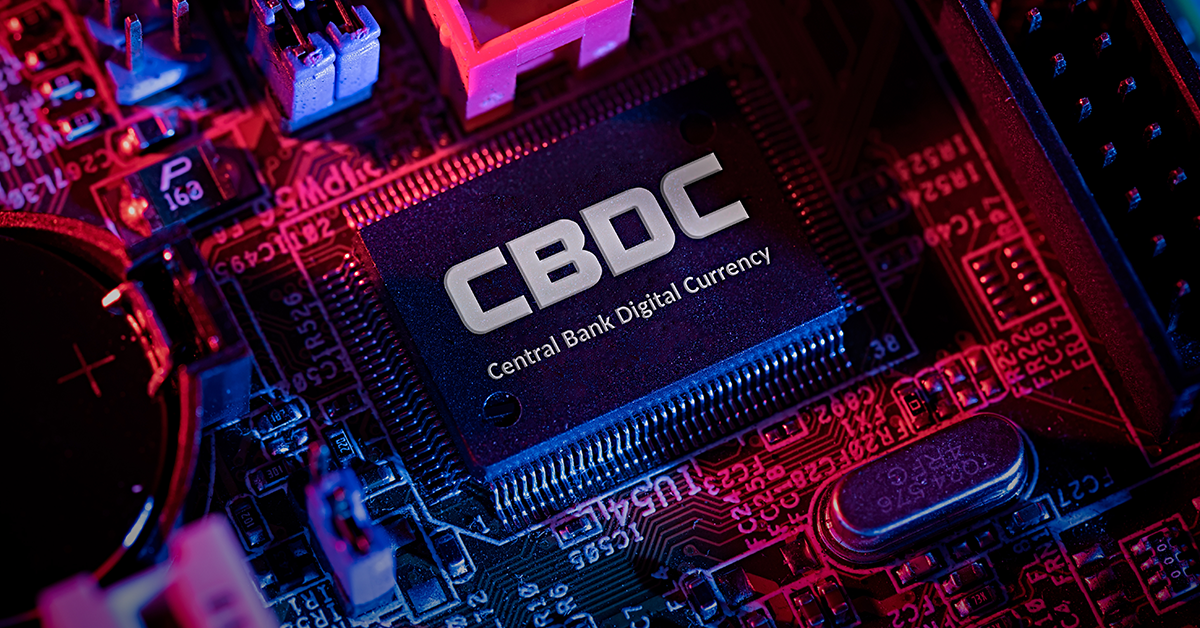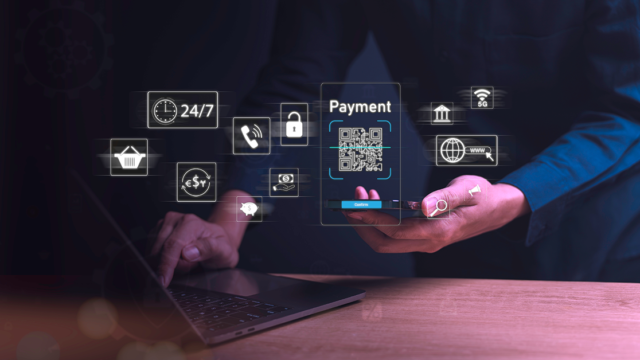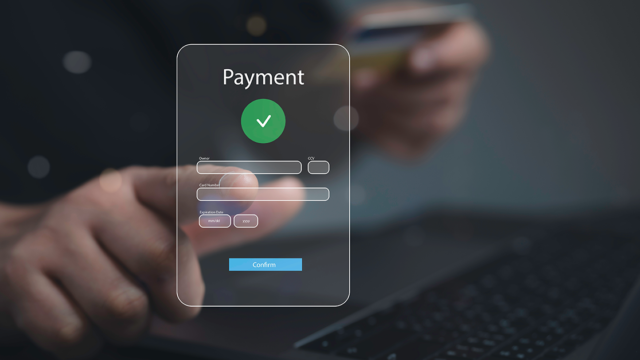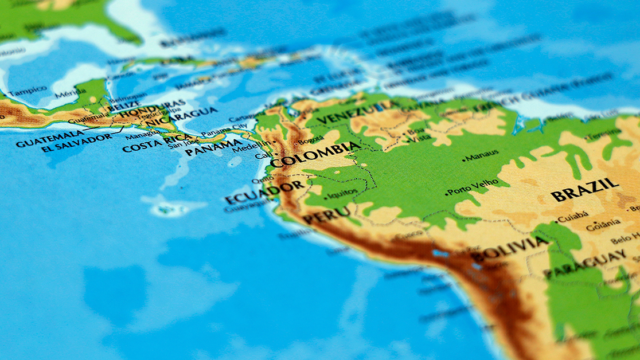Early last year, we predicted potential trends in the Fintech industry. The payments sector continued to evolve at breakneck speed, driven by technological innovations and notable changes in consumer expectations. Let's assess whether our predictions were accurate or off the mark.
Contactless payments

Verdict: Hit
Contactless payments remain a preferred method for many worldwide for a simple reason—convenience. They come in various forms, whether by tapping a card, waving a smartphone or smartwatch, or scanning a QR code. A Juniper Research report reveals that contactless payments' total global transaction value reached USD 7.4 trillion in 2024. The market is projected to grow by 113% to USD 15.7 trillion over the next five years, suggesting that this payment method is not just a passing trend. Several markets, such as Singapore, the UK, and Australia, have achieved adoption rates exceeding 90%. Last year, 70% of global digital wallet spending originated from the Asia-Pacific region, where e-wallets are becoming the leading payment method in Southeast Asia, with QR payments widely accepted.
B2B Buy Now Pay Later (BNPL)

Verdict: Hit
In 2024, BNPL services made significant strides in the B2B sector, transforming how businesses manage their finances. This trend was driven by the flexibility offered through deferred payment options and extended terms, allowing companies to manage resources more effectively, which is particularly beneficial for small and medium-sized enterprises (SMEs). Global B2B BNPL payments are expected to grow by 33.4% to reach US$199.2 billion in 2024.
The B2B BNPL landscape saw notable advancements, including substantial funding rounds and strategic partnerships. For instance, Mondu secured USD 33 million in January 2024 to expand into European markets and enhance its technical capabilities. In May, Billie partnered with BNP Paribas to launch a pan-European BNPL solution, aiming to broaden BNP Paribas' network. Additionally, collaborations with platforms like Stripe facilitated seamless BNPL integrations for B2B merchants, accelerating adoption. Geographically, providers like Mondu and HOKOKO consolidated their leadership in the European market, while others focused on emerging markets, offering high growth potential despite operational challenges. These developments highlight how B2B BNPL became a strategic business enabler, addressing cash flow challenges and driving operational efficiency in 2024.
Central Bank Digital Currency (CBDC)

Verdict: Miss
Currently, 134 countries and currency unions, representing 98% of the global gross domestic product (GDP), are exploring the potential of central bank digital currencies (CBDCs). Among these, 44 countries are conducting ongoing pilots, a slight increase from 36 in 2023, signalling sustained interest in both retail and wholesale CBDCs. However, to date, only three countries have fully launched their digital currencies: the Bahamas, Jamaica, and Nigeria. Meanwhile, China, despite reporting e-CNY transactions amounting to 7 trillion yuan, is still in the pilot phase.
Yet, enthusiasm for CBDCs has waned. McKinsey stated: “The initial excitement about the disruptive potential of CBDCs has waned, given their limited uptake so far.” Similarly, the International Monetary Fund (IMF) noted that while some central banks position themselves as leaders in exploring CBDCs, others may choose to remain observers for now due to various constraints. Nevertheless, the progress of CBDCs warrants continued observation, especially as all G20 countries are exploring CBDCs, with 19 of them in the advanced stages of development.
Account-to-Account (A2A) payments

Verdict: Hit
In 2024, account-to-account (A2A) payments continued to gain momentum within financial services, fintech, and cross-border payments. A2A payment solutions grew in popularity due to their ability to facilitate direct bank transfers, reduce reliance on intermediaries, and lower transaction costs. For example, FedNow, the US’s most recent payment rail, launched in 2023, has an average transaction fee of 4 cents, making it a cost-effective choice compared to cards with an average fee of 3.5% per transaction.
The increasing adoption of digital banking apps, digital wallets, and payment platforms with A2A capabilities has further accelerated this trend, making transactions faster, more secure, and cost-effective for businesses and consumers. The total value of A2A e-commerce transactions in 2022 was USD 525 billion, and it is projected to reach USD 850 billion by 2026.
Generative AI

Verdict: Hit
Generative AI continues to gain considerable traction for its ability to automate processes, enhance customer service, provide precise financial forecasts and improve financial decision-making. Many financial institutions and fintech companies adopted generative AI to create synthetic datasets for risk assessment, improve customer interactions through advanced chatbots, and analyse vast amounts of data for investment insight. The generative AI market in fintech has grown exponentially in recent years It will grow from USD 1.19 billion in 2023 to USD 1.61 billion in 2024 at a compound annual growth rate (CAGR) of 35%
Fintech companies rely on AI for FX solutions that can predict hourly, daily, and weekly rates, helping merchants reduce costs and manual processing times. Another critical application was fraud detection, helping combat the rising trend of scams. For example, Ant International has developed a new anti-deepfake tool to fight new fraud threats. Swift has also introduced an AI-powered anomaly detection service to help banks proactively detect and defend against potential financial crime.







